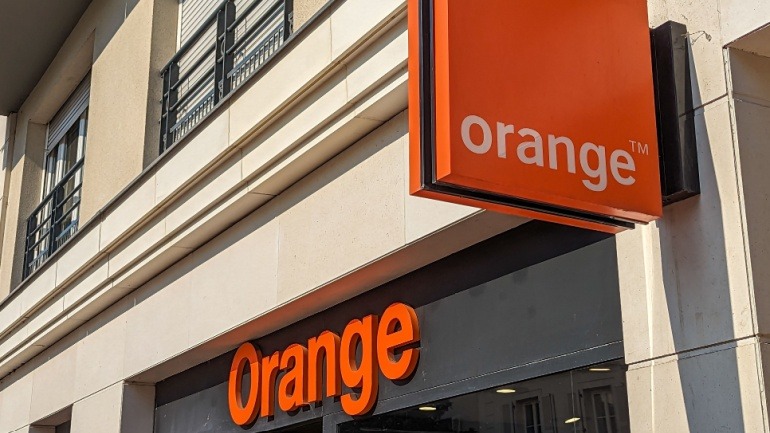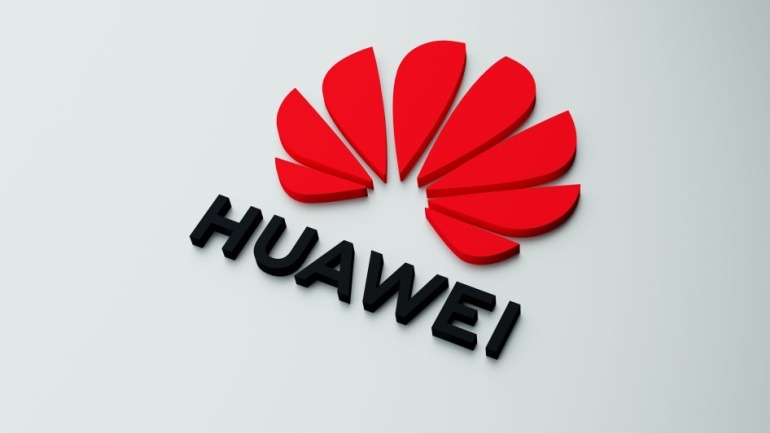STC has deployed an AI-powered self-organizing network (SON) solution from Nokia within its infrastructure, aiming to automate network optimization. The implementation took place during the Hajj season, addressing a 40% increase in network traffic as over a million pilgrims visited Mecca. This marks the first successful live deployment of Nokia’s MantaRay SON solution.
The MantaRay SON uses AI-powered modules that self-configure to boost network performance. Designed for specific software applications, these modules address operational challenges unique to various events. For Hajj, STC and Nokia collaborated to create a custom algorithm that optimizes the network autonomously every 15 minutes. The solution processed over 10,000 actions during the implementation, leading to a 30% higher utilization on loaded cells and a 10% average improvement in user throughput.
STC Group CTO Haithem Al Faraj emphasized the benefits, stating, “This technology not only minimizes human error and improves quality but also allows networks to operate autonomously and efficiently, while humans remain essential in guiding and maximizing the outcomes from machine learning.”
This deployment of MantaRay is part of a broader strategy by STC to integrate AI solutions to drive digital transformation and sustainable growth. By using AI for enhanced energy efficiency in its 4G and 5G networks, STC achieved a 13% reduction in energy consumption in 2023. Additionally, AI-powered products are expected to be integrated across over 200 systems by next year, projected to save approximately SAR 2 million annually.
The AI-powered network solutions not only improve operational efficiency but also set a precedent for future technologies in telecommunication infrastructure. The reduction in manual oversight and the enhancement of network quality underscore the potential of AI in optimizing telecom operations. This blending of human expertise and machine learning capabilities represents a significant step towards fully autonomous network management.







